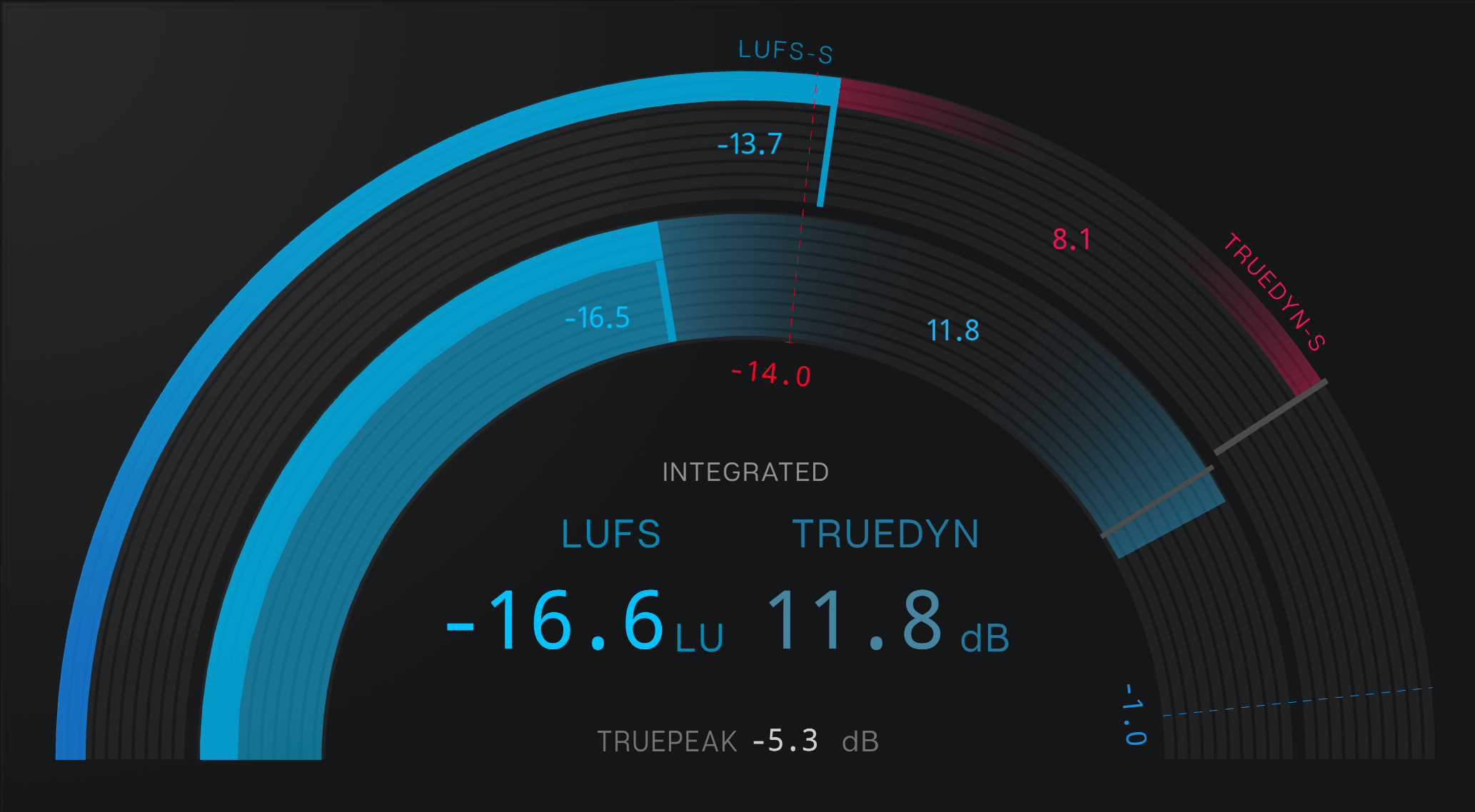
Enjoy Our Blogs Or Suggest A
Topic You Would Like Us To Cover
Blog Posts At Starsound Studios Cleveland
You want to achieve top-quality results in recording, audio mixing, Dolby Atmos mixing, and mastering. Our blog page provides detailed information about our Studio and tutorials on these subjects, such as 'Mastering the Art of Audio Mixing' and 'Recording Techniques for Beginners '.
Our blog posts are not site-specific. You can use these techniques in any studio around the world. The tips help you navigate a studio session, give insight into the studio perspective, and offer tips and tricks for getting the sound you are searching for.
We illustrate pitfalls we have encountered, cutting-edge tools, and rules and guidelines to strictly follow. You get everything between our use of the Dynamount, our Dolby Atmos Mixing Studio, the Synergy and Kemper Amplifier systems, Izotope's Tonal Balance, and Process Audio's Decibel.
Our services include video recording, mixing, and mastering, all available to Cleveland, Ohio, and its surrounding areas. We're not just dedicated to providing the very best, but we're also committed to enhancing and valuing your unique artistry.
Read Our Blogs
LUFS Social Media Platform Standards | Mastering Music
If you're a musician, you know that LUFS, or Loudness Units Full Scale, is a critical metric for measuring the loudness of your audio. LUFS is a standardized measurement of audio loudness, designed to enable normalization of audio levels on the platforms and your devices. But did you know that LUFS is also becoming increasingly important for social media platforms?
As digital consumption continues to rise, social media platforms are under increasing pressure to deliver consistent-quality audio to their users. This is why streaming platforms are now using LUFS to measure and normalize the loudness of audio content, making it a crucial aspect for musicians to understand and implement.
For musicians, understanding and adhering to LUFS standards is crucial. The loudness levels can significantly impact how listeners receive their music. If your music is too quiet on some platforms, it may not be easy to hear. Conversely, if your music is too loud, it may be disruptive or muted by the platform, potentially leading to a loss of audience engagement.
It is essential to know the LUFS standards used by popular platforms. Here are a few examples:
- Facebook: -16 LUFS (Loudness Units Full Scale)
- Instagram: -14 LUFS
- Snapchat: -13 LU
-YouTube: -13 LUFS
-Spotify & Tidal: -14 LUFS
-SoundCloud: -11 LUFS
-iTunes: -16 LUFS
Understanding LUFS standards empowers musicians, as it allows them to ensure their music meets specific requirements. This knowledge ensures their music is heard by a broader audience in the intended way, without the streaming service altering the music to fit their platform.
So, what exactly are these LUFS standards? And how can you make sure your music meets them?
LUFS (Loudness Units Full Scale) measures the loudness of audio. It's becoming increasingly important for social media platforms, as it allows them to normalize the loudness of audio content.
There are a few ways to measure LUFS, but the most common is using an Integrated Loudness measurement. Measuring the average loudness of your audio over time gives you a single number representing your track's overall loudness.
You can also measure LUFS with True Peak measurement, which measures the highest peak in your audio signal. The True Peak can help avoid clipping and distortion and ensure your music will sound its best.


